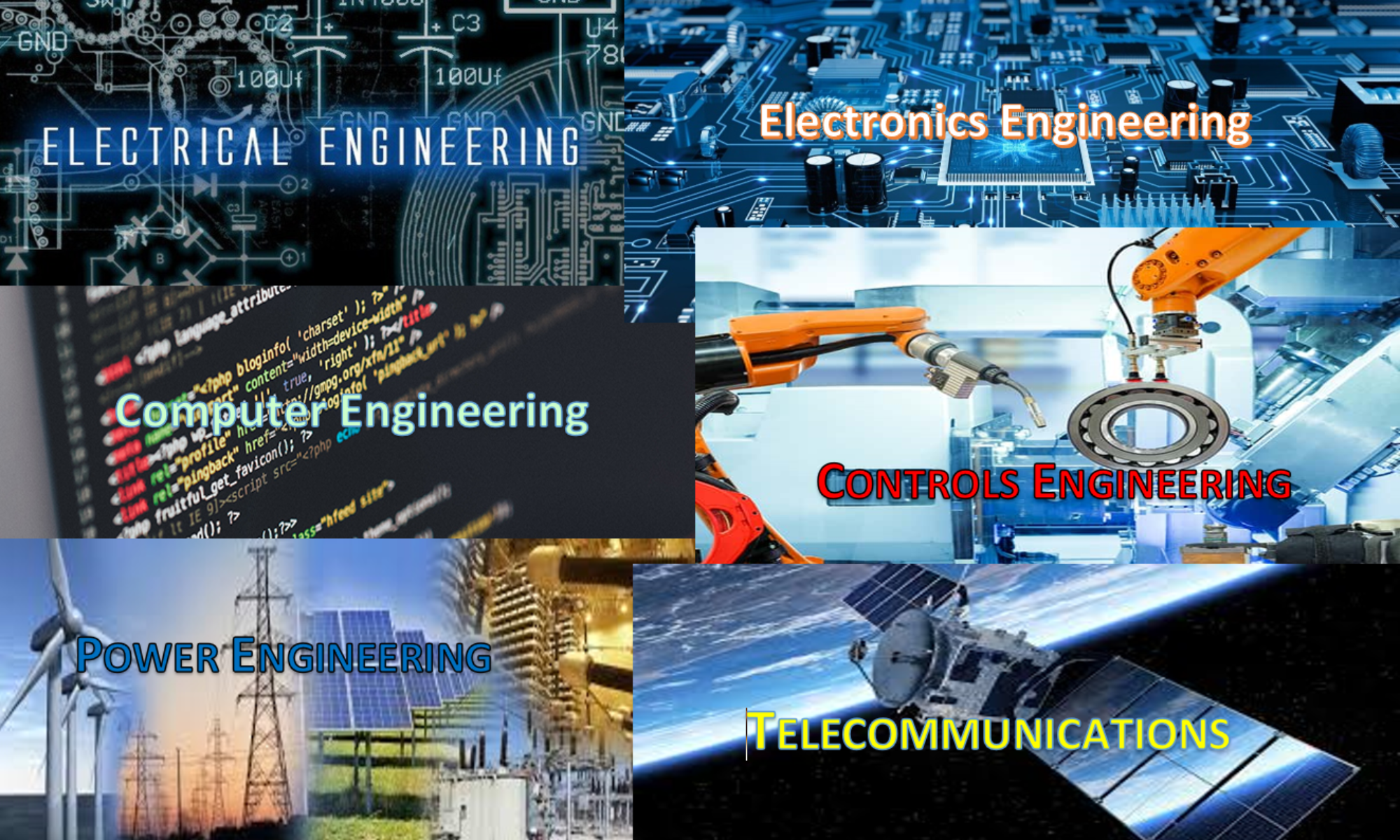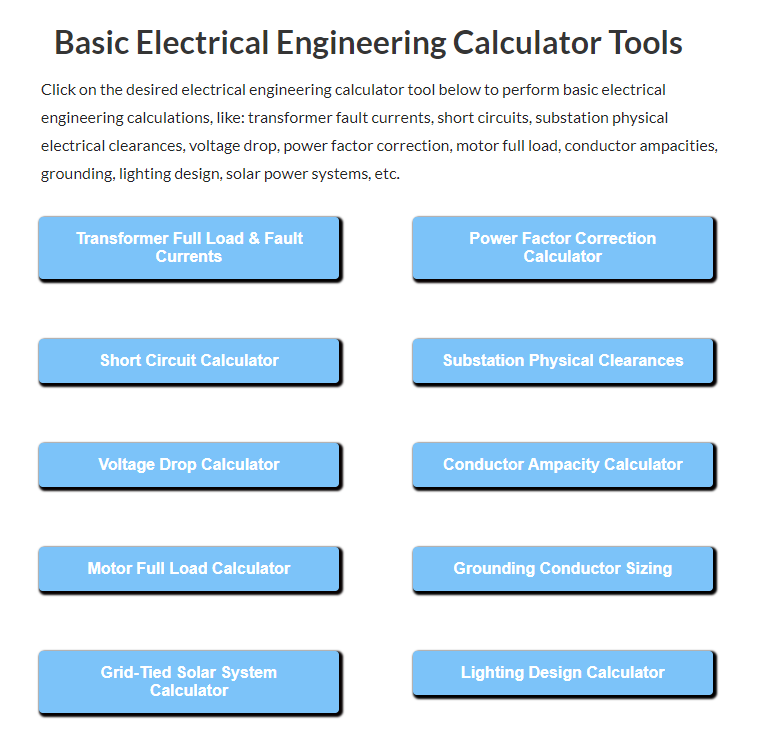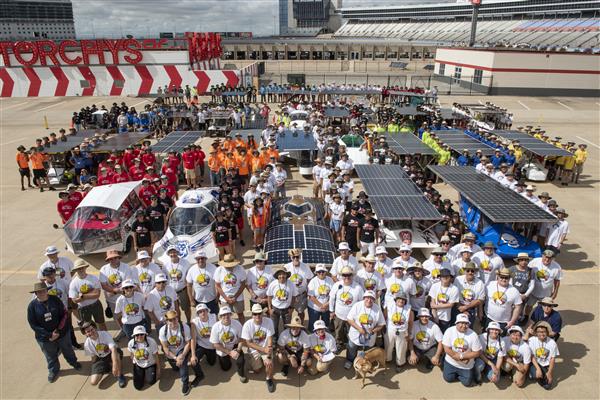3 Phase Associates – Try out our FREE and basic electrical engineering calculator tools that aid you in performing some basic electrical engineering calculations, like: transformer fault currents, short circuits, substation physical electrical clearances, voltage drop, power factor correction, motor full load, conductor ampacities, grounding, lighting design, grid-tied solar power systems, etc.
IEEE Smart Grid Webinar – The Business Case for Utilities Supporting Public EV Charging
IEEE Smart Grid Webinar – In this presentation, we will offer some fact-based thoughts to fuel utilities’ push toward developing sound EV strategies. Our suggestions are inspired by the actions of some of North America’s leading utilities, which we have had the privilege of assisting with data and strategic advice over the last few years. Done right, EVs prove to be good for utilities and their ratepayers.
Essentially, three value streams exist to support the case for utilities to support public EV charging. First, research has shown that light-duty EVs put downward pressure on electricity rates through increased demand requiring little incremental investment. Second, EV drivers are prime targets for other utility programs, because they are the most digitally engaged of all customers. Finally, leading utilities see new business opportunities from home, public, and workplace charging.
Designers Can Synchronize Clocks Without External Oscillators Thanks to IEEE 1588
All About Circuits – The Updates to the IEEE 1588 standard protocol map out a low-cost method for synchronizing distributed clocks. The Institute of Electrical and Electronics Engineers (IEEE) has approved a standard protocol to synchronize independent clocks running on a shared network. This will, in hopes, allow designers to perform accurate and precise measurements on control systems across a broad range of applications.
Designers that are involved in test and measurement for industrial automation or mobile communications can face challenges around maintaining synchronized data collection from multiple devices. Modern electronics that are separated by distance or have frequency rates varying over time and temperature will cause propagation delays that lead to unsynchronized timing clocks.
Welcome to the Solar Car Challenge Competition
SCC – The Solar Car Challenge is the top project-based STEM Initiative helping motivate students in Science, Engineering, and Alternative Energy. In 1993, the Solar Car Team launched an education program to teach high school students how to build and safely race roadworthy solar cars. The Solar Education Program met this objective, and worked to provide curriculum materials, on-site visits, and workshop opportunities for high schools across the country. This program was designed to motivate students in the sciences, engineering, and technology. The end product of each two-year education cycle is the Solar Car Challenge: a closed-track event at the world famous Texas Motor Speedway, or a cross country race designed to give students an opportunity to display and drive their solar cars.
National sponsors for the Solar Car Challenge: Hunt Oil Company, Dell Computers, Green Mountain Energy, The Acclivus Corporation, Austin Energy, Earth Day Texas, Lockheed-Martin, and Texas Instruments. The Solar Car Challenge is recognized by the IRS as a 501(c)(3) non-profit education foundation.
Please Click HERE if your organization would like to sponsor the Solar Car Challenge. Individuals can also contribute to the Solar Car Challenge! Every donation allows us to expand the reach of the program to more high school students, building their interest in science, engineering, and renewable energy. Thanks for your support!
The price of solar electricity has dropped 89% in 10 years
Fast Company – To curb our climate crisis, we need to end our dependence on fossil fuels and power the world with renewables. That may have seemed far-fetched a decade ago given the cost of installing wind and solar at the time, but the price of renewables has been falling fast. In 10 years, the price of solar electricity dropped 89%, and the price of onshore wind dropped 70%.
Clean energy has already passed its economic tipping point. A 2019 report from the nonprofit Rocky Mountain Institute found that it was cheaper to build and use a combination of renewables like wind and solar than to build new natural gas plants. A 2020 report from Carbon Tracker found that in every single one of the world’s energy markets, it’s cheaper to invest in renewables than in coal.
And now, graphs recently published on Our World in Data, an online science publication, in partnership with Oxford University, starkly visualize that decline. Comparing the price of electricity from new power plants in 2009 and 2019, one graph shows how the price of solar photovoltaic power (from solar panels) plummets from $359 per megawatt hour to $40, the cheapest of any of the power options on the chart and an 89% decrease. If housing prices declined at that same rate, Our World in Data researcher Max Roser writes, a home that cost $3,590 to rent in 2009 would cost just $400 in 2019. Over the same time period, the price of coal barely budged, from $111 per megawatt hour in 2009 to $109 in 2019.
Funding boost to put Orbex on Scottish launchpad
The Engineer – Plans by Orbex to launch small satellites from Scotland have received a boost following a $24m funding round led by BGF and Octopus Ventures.
The latest investment puts the Forres headquartered company on course to the first launch from Scotland’s Space Hub Sutherland spaceport.
“Orbex is an impressive UK company which is developing a strongly differentiated and innovative launch solution for the rapidly-growing small satellite market,” saidKeith Barclay, investor at BGF. “In Europe, they are a recognised leader with an experienced team, substantial institutional support, a growing customer list and patented technology. The private space sector remains a key future industry for both Scottish and UK governments.”
Scottish space firm unveils world’s largest 3D printed rocket engine
Lockheed Martin to assist UK in developing vertical launch spaceport in Scotland
Orbex’s Prime rocket uses bio-propane that is claimed to cut CO2 emissions by 90 per cent compared to kerosene-based rocket fuels. Designed to be recoverable and re-usable, Orbex Prime is intended to leave no debris in the ocean or in orbit around the Earth. The company’s rocket vehicle for low-cost orbital launches is being built at factories in Forres, near Inverness, and Copenhagen in Denmark.






